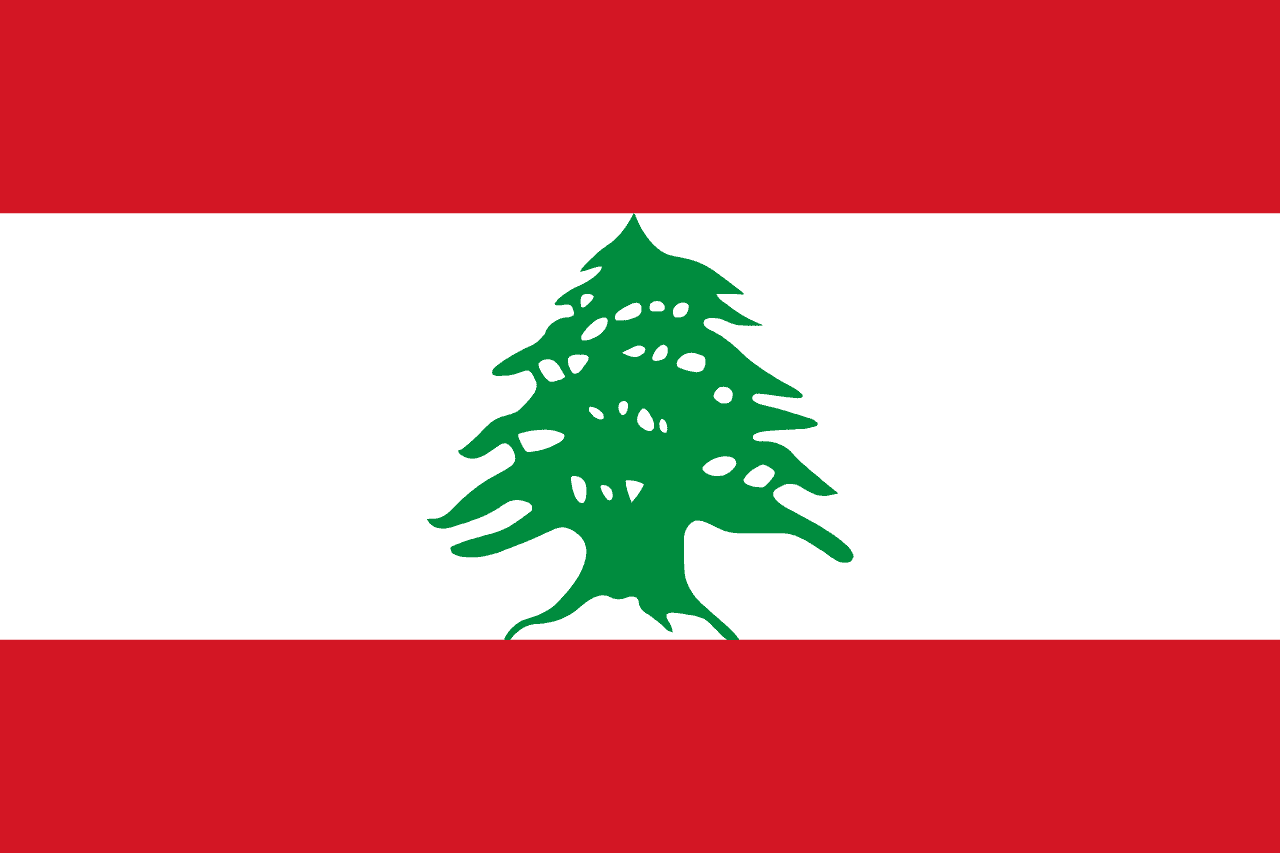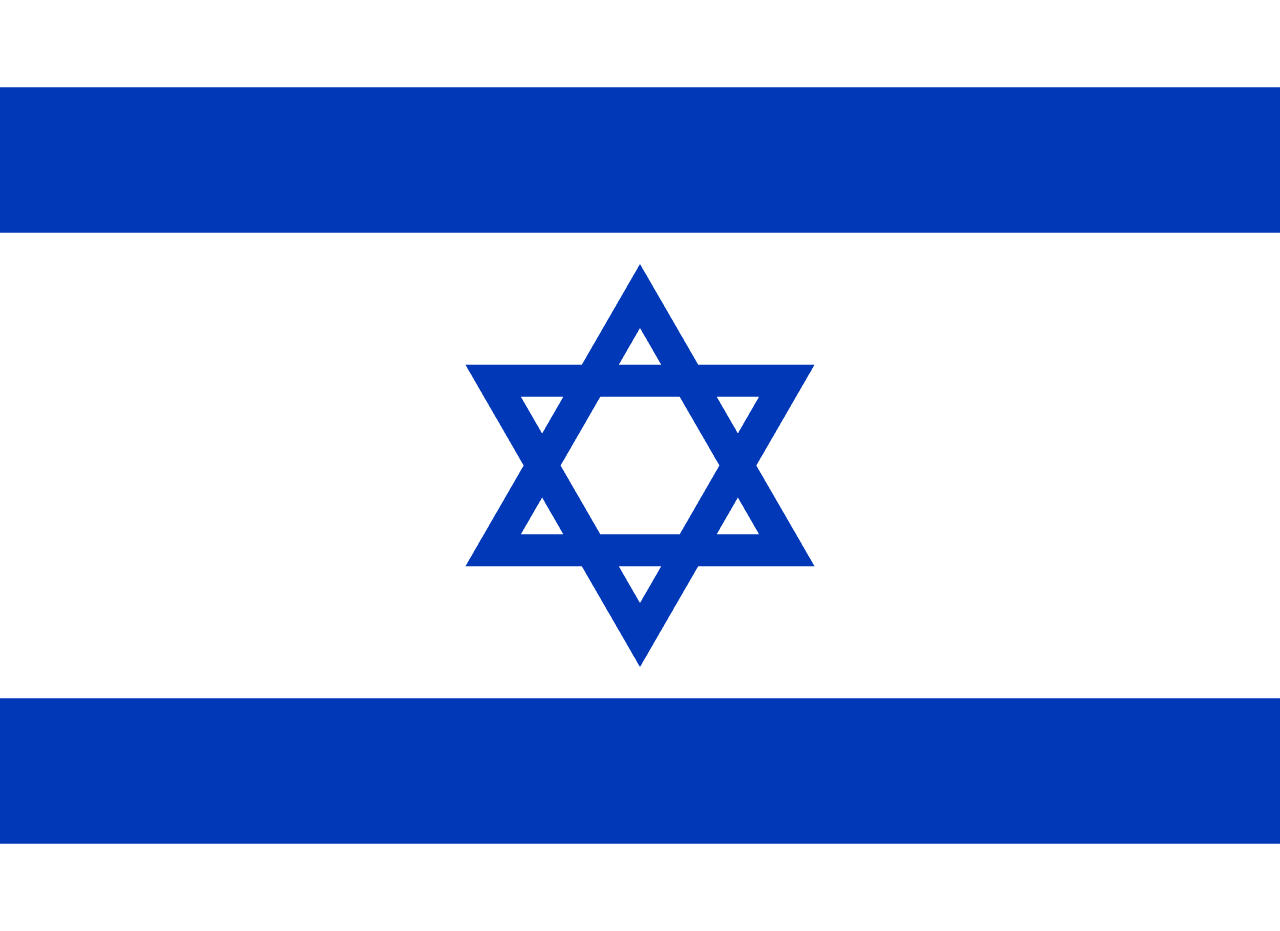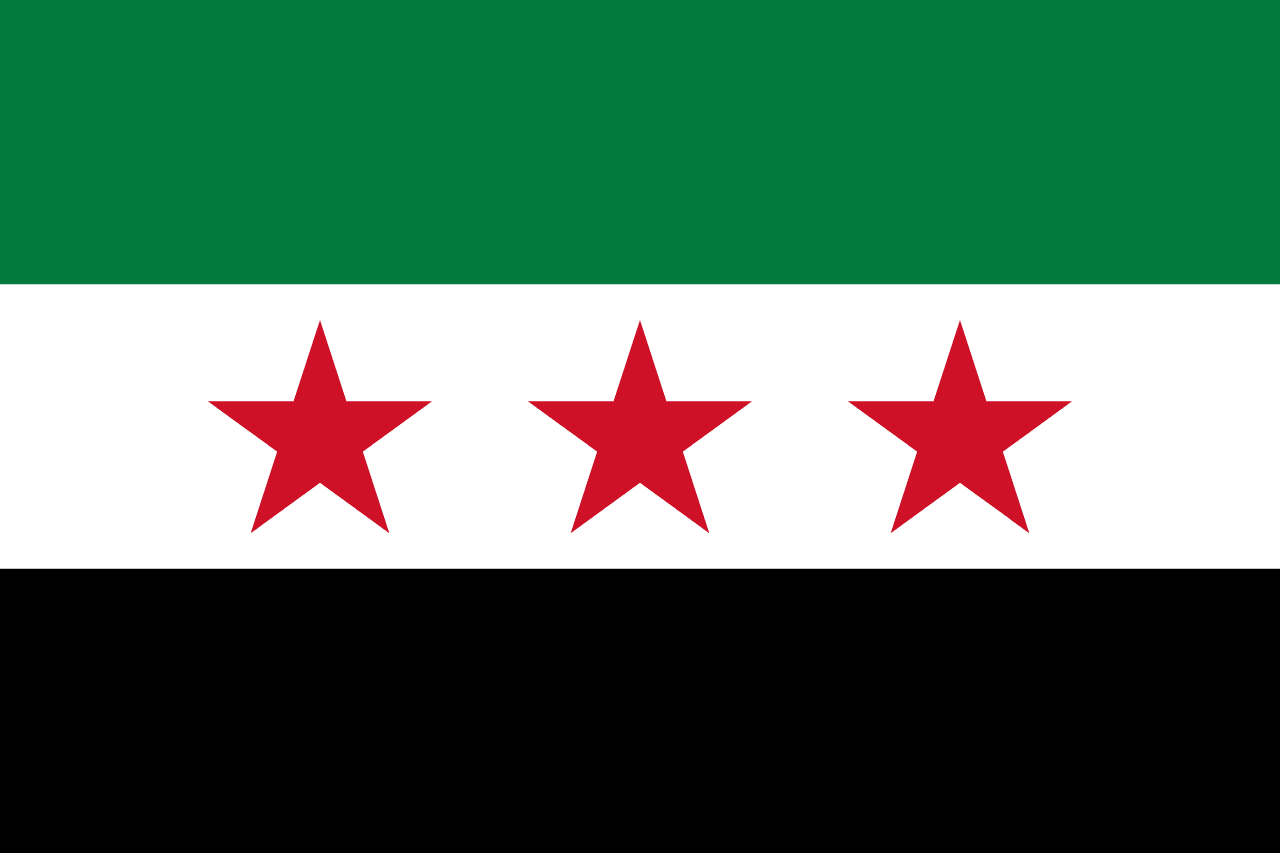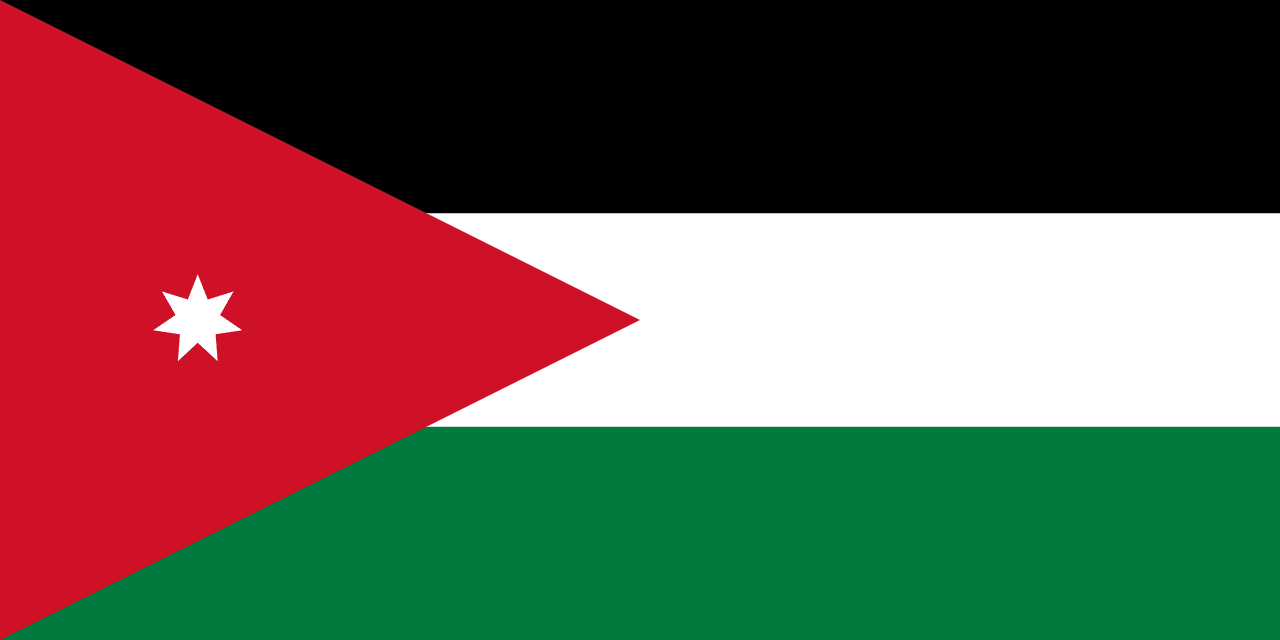Cyprus Flag Meaning
A white field with a copper-colored silhouette of the island of Cyprus and two green olive branches below, representing peace, the island's geographic identity, and its ancient association with copper mining and olive cultivation.
- Continent
- Europe
- Adopted
- 1960
- Ratio
- 3:5
- Colors
- white, copper, green
- Designer
- İsmet Güney

Symbolism
White Field: Represents peace between the Greek Cypriot and Turkish Cypriot communities, symbolizing the hope for harmony and reconciliation on the divided island and the desire for unity among all Cypriots regardless of ethnic background.
Copper-Colored Island Outline: Represents the geographic shape of Cyprus and the island's historical connection to copper mining, from which the island derives its name, symbolizing the rich mineral heritage and the shared homeland of all Cypriots.
Two Green Olive Branches: Represent peace, wisdom, and the olive trees that have grown on the island for millennia, symbolizing the hope for reconciliation between communities and the Mediterranean agricultural heritage that unites the island's peoples.
History
- Ancient Times: Cyprus was inhabited by various civilizations including Greeks, Phoenicians, Assyrians, Egyptians, Persians, and Romans, with the island becoming famous for copper mining and as a center of Aphrodite worship.
- 330-1571: Byzantine rule established Orthodox Christianity and Greek culture as dominant forces, followed by brief periods under Richard the Lionheart, the Knights Templar, and the Lusignan dynasty of the Kingdom of Cyprus.
- 1571-1878: Ottoman conquest brought Turkish settlers and Islamic administration, creating the bi-communal character of the island with Greek Orthodox and Turkish Muslim communities coexisting under imperial rule.
- 1878-1960: British administration modernized the island's infrastructure and institutions while nationalist movements among both Greek and Turkish Cypriots grew, leading to demands for union with Greece (enosis) and independence respectively.
- August 16, 1960: Cyprus gained independence from Britain with a constitution guaranteeing power-sharing between Greek and Turkish Cypriots, adopting the current flag designed to represent both communities equally and avoid nationalist symbols.
- 1963-1974: Intercommunal violence led to the breakdown of constitutional order, UN peacekeeping deployment, and the withdrawal of Turkish Cypriots from government, creating de facto partition before the official division.
- July 20, 1974: Turkey invaded northern Cyprus following a Greek-sponsored coup, leading to the permanent division of the island, massive population displacement, and the establishment of Turkish military control over the north.
- 1983: The Turkish Republic of Northern Cyprus declared independence, recognized only by Turkey, while the Republic of Cyprus continued as the internationally recognized government representing the whole island.
- 2004-Present: Cyprus joined the European Union as a divided island, with EU law suspended in the north, while UN-mediated negotiations continue seeking reunification and the flag represents hopes for a comprehensive settlement.
Trivia
- Cyprus is the only country whose flag shows the geographic outline of the nation itself, making it instantly recognizable and geographically unique among world flags.
- The island's name comes from the ancient Greek word for copper (kypros), reflecting its historical importance as a major source of copper in the ancient Mediterranean world.
- Cyprus is the third-largest island in the Mediterranean Sea after Sicily and Sardinia, strategically located at the crossroads of Europe, Asia, and Africa.
- The flag represents a country divided since 1974, with the northern third controlled by Turkey and the southern two-thirds forming the internationally recognized Republic of Cyprus.
- Paphos, in southwestern Cyprus, is a UNESCO World Heritage Site containing some of the finest Roman mosaics in the Eastern Mediterranean and archaeological sites spanning millennia.
- Cyprus has been a full member of the European Union since 2004, adopting the euro in 2008, making it the easternmost EU member state.
- The island is famous for being the legendary birthplace of Aphrodite, the Greek goddess of love and beauty, with Petra tou Romiou (Aphrodite's Rock) marking the mythical location.
- Cyprus produces some of the world's oldest wines, with winemaking traditions dating back over 5,000 years and unique indigenous grape varieties like Commandaria dessert wine.
- The flag flies over a country that has one of the lowest crime rates in the world and is considered one of the safest destinations for tourists and residents.
- The Troodos Mountains contain some of the finest examples of Byzantine church architecture and frescoes, with ten churches designated as UNESCO World Heritage Sites.
- Cyprus experiences over 300 days of sunshine per year, making it one of the sunniest places in Europe and a popular year-round tourist destination.
- The island has significant archaeological sites including Khirokitia, one of the most important Neolithic settlements in the eastern Mediterranean dating to 7000 BCE.
- Cyprus is home to unique wildlife including the Cyprus mouflon (wild sheep), flamingos at the salt lakes, and sea turtles that nest on the beaches.
- The country has a highly educated population with one of the highest percentages of university graduates in Europe, reflecting strong emphasis on education and learning.
- The Green Line, controlled by UN peacekeepers since 1974, divides the capital Nicosia, making it the last divided capital city in Europe and a symbol of the ongoing Cyprus problem.
Related Countries

Lebanon
Asia
Two horizontal red stripes separated by a white stripe twice their width, with a green cedar tree centered on the white stripe, representing the strength, purity, and eternal heritage of the 'Land of the Cedars.'

Turkey
Asia
The flag of Turkey is bold and simple in design with a red field with a white crescent moon and five-pointed star slightly off-center toward the hoist. This represents the blood of martyrs who died for the country, Islam, and the guidance of the state, with symbols that have ancient origins in Turkic and Ottoman traditions.

Israel
Asia
A white field with two horizontal blue stripes near the top and bottom edges and a blue Star of David (Magen David) in the center, based on the design of the traditional Jewish prayer shawl (tallit) and representing Jewish heritage and the modern State of Israel.

Syria
Asia
Three horizontal stripes of red, white, and black with two green five-pointed stars on the white stripe, representing the Pan-Arab colors of liberation struggles, the Hashemite flag heritage, and the Ba'ath Party's Arab socialist ideology that has governed Syria since 1963.

Jordan
Asia
Three horizontal stripes of black, white, and green with a red triangle on the hoist side containing a seven-pointed white star, representing the Arab Revolt heritage and the Hashemite Kingdom's role as guardian of Islamic holy sites.

Egypt
Africa
Three horizontal stripes of red, white, and black with the golden Eagle of Saladin centered on the white stripe, representing the struggle for freedom, purity and bright future, the dark past of oppression, and the strength of the Arab Republic of Egypt.